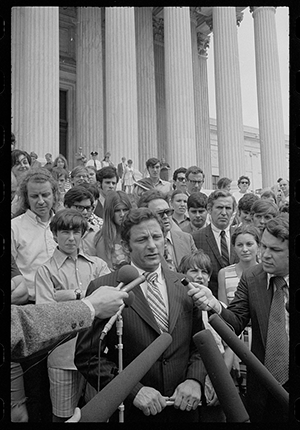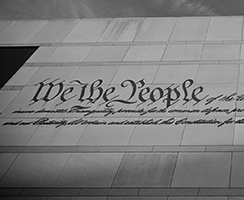Summary
The New York Times and The Washington Post both gained access to the so-called “Pentagon Papers”— a classified Defense Department study that examined the history of U.S. involvement in Vietnam. Daniel Ellsburg was employed at the RAND Corporation, and he worked on the report. Eventually, he photographed thousands of pages of the report and sent it to a New York Times reporter. In 1971, the Times began publishing it. Arguing that these news reports endangered national security, the Nixon Administration went to court to try to block newspapers from continuing to publish the Pentagon Papers. In a per curiam decision (meaning one written “by the court as a whole”), the Supreme Court rejected the Nixon Administration’s efforts—concluding that the Administration could not overcome the “heavy presumption against” prior restraints, or efforts by the government to block others from publishing information in the first place. In America, there was a long tradition, extending back to the Founding generation, opposing these kinds of limits on the freedom of the press. As a result, the newspapers could continue to print the Pentagon Papers. The Pentagon Papers Case reaffirmed a value at the core of the First Amendment—the freedom of the press to criticize the government and check abuses of power.





